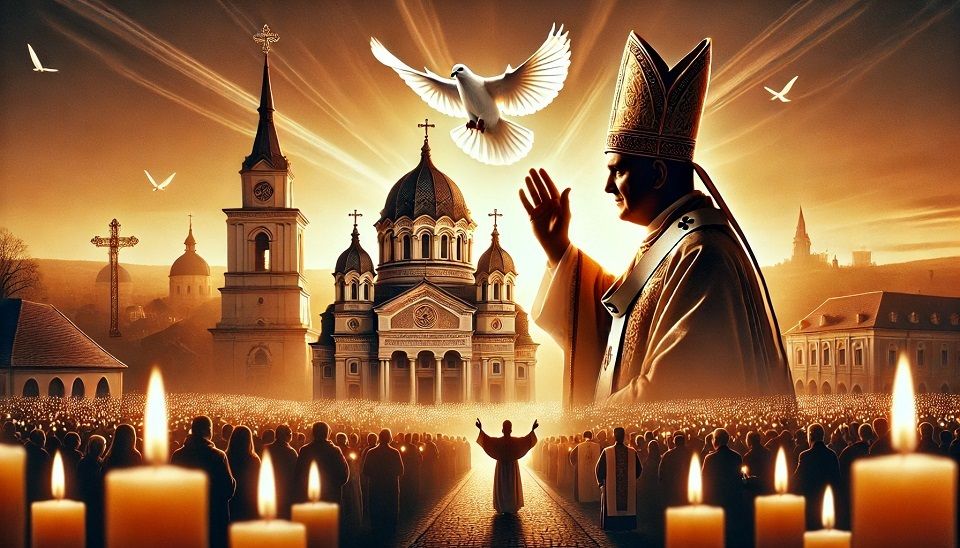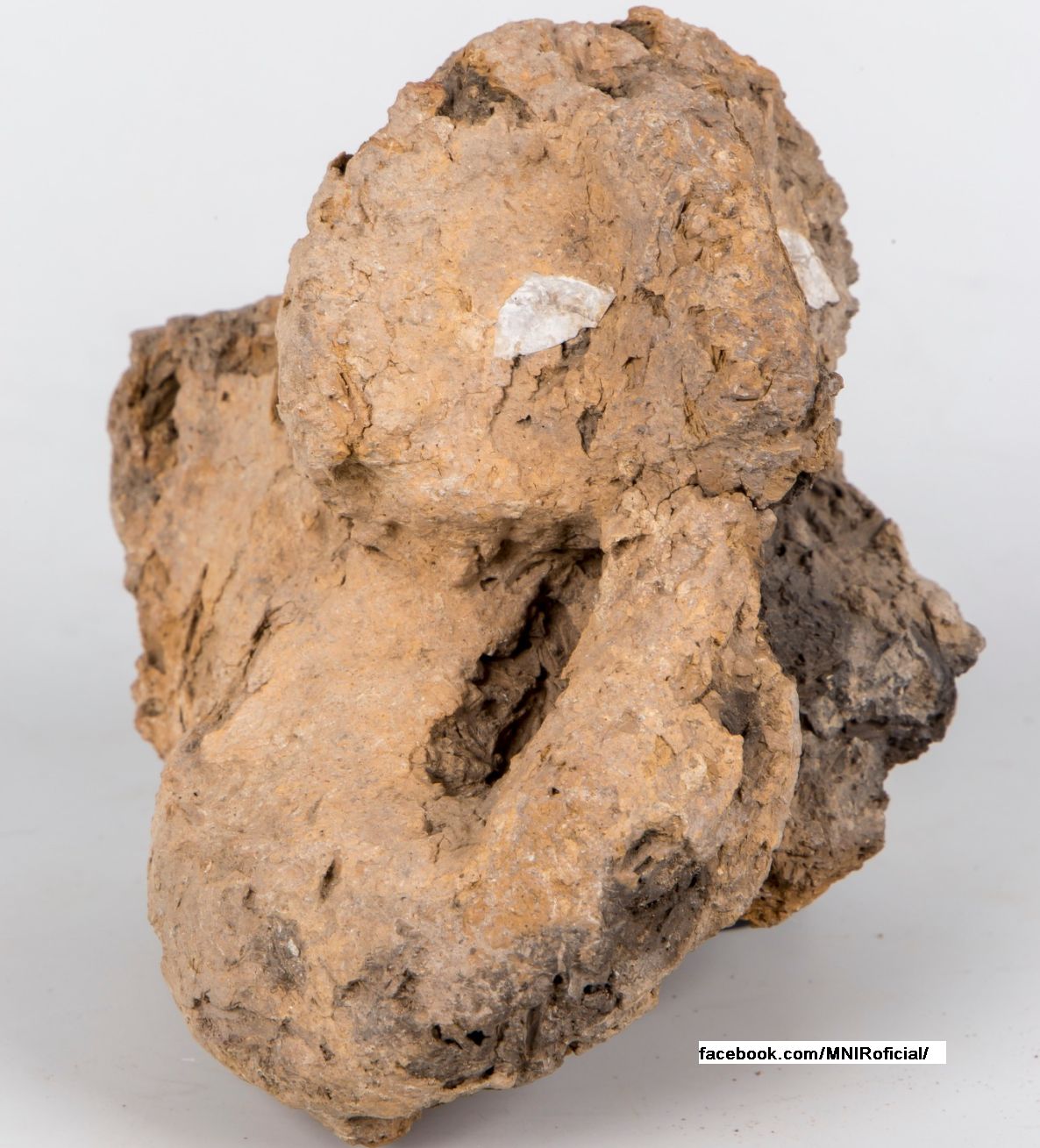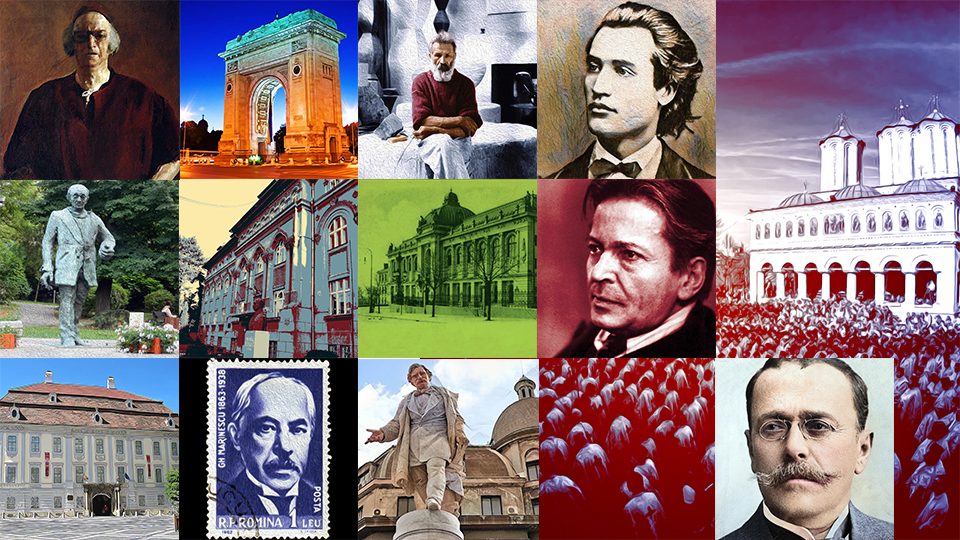Ceausescu’s ruthless demolition of Romania’s historical monuments
The Vacaresti monastery

Steliu Lambru, 10.04.2021, 14:00
The southern area of
Bucharest up until 1986 used to play host to the largest Christian Orthodox
monastic compound in South-eastern Europe. It is known as the Vacaresti
monastery. For long the compound had been rated the area’s most important
landmark. Today, the denomination of Vacaresti still exists because of the
boulevard taking us all the way up to Piata Sudului, the southern marketplace
and the nature park, lying quite close to the place where the monastery once stood,
four decades ago.
The then Socialist Republic
of Romania’s legislative assembly on October 29, 1974 voted into law the bill
on urban and rural planning. It was actually a demolition policy of part of the
city center of Bucharest, according to Nicolae Ceausescu’s vision. Until 1977,
such a policy had been implemented on a limited scale, with details being
especially taken into account. But the 1977 earthquake occurred, which prompted
Ceausescu to implement the policy on a
very large scale. Demolition was brutal, while the great thoroughfares were
severely cut. And that lead up to the disappearance of tens of thousands of
lodgings, private residences, one-of-a-kind buildings, such as the Brancoveanu
Hospital or the Mina Minovici Forensic Medicine Institute as well as a great
number of churches. The great Vacaresti monastery was one of the Orthodox
worship places that back then was fatally brought down.
The compound was erected
between 1717 and 1722 by then the Wallachian ruling prince Nicolae Mavrocordat.
He was the first Phanariot prince the Ottoman Empire appointed in the Romanian
Principalities. The compound stretched on a surface area of some 18,000 square
meters, having two precincts. It was built on the Martisor hill, a green area with
lots of orchards. The architect G. M. Cantacuzino thought the Vacaresti monastery
was QUOTE, the epitome of the master builders’ craft who were trained in the
Brancoveanu art school, UNQUOTE.
At the behest of the
Bucharest Municipality’s History Museum, a documentary film was made in the
early 1970. The Vacaresti Road is the only such film that survived in the
archives. It provides a detailed presentation of the huge monastery that later
disappeared. Today’s viewers may find the images of the past building all the
more precious, since the worship place is no more. We have selected two
excerpts from the film’s screenplay. The first one explains the importance of
the Wallachian architectural tradition in the centuries prior to the building
of the Vacaresti compound.
The
construction of the Vacaresti settlement began in the spring of 1716, on the
slope of a hill generously overlooking the city of Bucharest, and was completed
in 1722. Its founder was Nicolae Mavrocordat, a prince whose enthronement
inaugurates the age of the Phanariot ruling princes in Wallachia, according to
the text of the stone-written inscription in Romanian. The most famous
Wallachian buildings were the Princely Church in Curtea de Arges, Cozia,
founded by Mircea the Elder, the Mihai Voda Monastery, which at that time was
uphill as compared to the city of Bucharest, while Radu Voda was downhill
from the city, then there was the Sf. Gheorghe/Saint George church in
Bucharest, while the most famous of them was the monastery Brancoveanu founded
in Hurezi. These were the monuments that inspired ruling prince Nicolae
Mavrocordat’s master builders when they erected the Vacaresti monastery.
Mavrocordaț ruling princes’
monastery was the culmination point of the arts in the 18th century
in Wallachia. Here the most important sculpture works were found, such as the
columns, the base reliefs, the church decorations, inside and outside the
premises. Vacaresti boasted a large library, a wine cellar, buildings and
outhouses of the monastic community. Below is the second excerpt from the
screenplay of the documentary film about the Vacaresti compound. It focuses on
the special attention Nicolae Mavrocordat gave to the monastery he founded.
Proof of that are the generous donations the prince made to the monastery. A
well-deserved credit was given to the prince by posterity.
The ruling
prince endowed the monastery he founded, also ruling that, using its revenues,
‘strangers should be welcomed, the naked ones should be dressed, the hungry
should be fed, the diseased should be tended to, those who were thrust in the
dungeon should be treated with clemency’. When, in September 1730, Nicolae
Mavrocordat was killed by the plague, he was buried in the church of the
monastery, in a beautiful marble tomb, with the carved armories of the two
principalities over which he ruled.
In the second half of the 19th
century, the Vacaresti monastery changed its destination, in the wake of more
than a century of monastic and spiritual life. During the 1848 revolution that flared up all across Europe, the Wallachian revolutionary leaders were
imprisoned in the hospital of the monastery by the Russian army. So we’re not
wrong saying the monastery was turned into a penitentiary, also due to its
construction design. In the first precinct, ruling prince Nicolae Mavrocordat
had a princely seat built and a guard house for the troops providing his
security. In 1868 the monastery officially became a prison where those who
plotted against the state were incarcerated, while the church and the second
precinct retained their initial purpose. Icons of Romanian culture were imprisoned
in Vacaresti, such as writers Liviu Rebreanu, Tudor Arghezi, Ioan Slavici. The
founder, in 1927, of the fascist movement named Archangel Michael’s Legion,
Corneliu Zelea Codreanu, was imprisoned there too. Codreanu confessed he was
inspired by an icon in the church. When in 1948 the communist regime was
completely instated in Romania, political opponents as well as laypeople were
imprisoned in Vacaresti. One of them was the Greek-catholic bishop Vasile
Aftenie.
But the threat of
disappearance was looming large over the Vacaresti compound in the early 1980s.
Construction projects of a gigantic congress hall, of a huge stadium, of a
sports facility and a court house prompted the then authorities to rule the
demolition of the compound. Specialists made desperate efforts to save the
compound; it was to no avail. Ceausescu himself issued the demolition order, on
December 2nd, 1984. After the demolition, the crosses, the columns
and all the sculpted pieces were for their most part stored in the Mogosoaia
palace. A small part of them was stored in the Stavropoleos church.
In 1990, the suggestion had
been made to rebuild the whole compound from scratch, but a shopping mall was
built there instead.
.





























